Blog Posts Tagged Technical Content
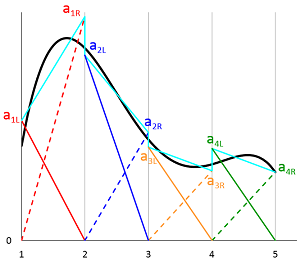
Discretizing the Weak Form Equations
In another installment of our blog series on the weak form equations, get an overview of how these equations are discretized and solved numerically in the COMSOL® software.
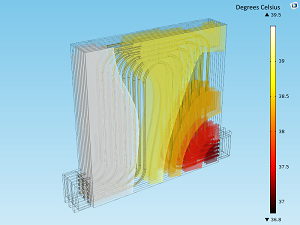
Why Car Batteries Perform Poorly in Cold Weather
Have you ever gone to start your car on a cold winter morning and nothing happens? The battery’s ability to convert chemical energy into electrical energy can be affected by low temperatures.
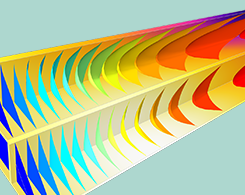
Modeling Approaches in Heterogeneous Catalysis
Get an introduction to heterogeneous catalysis, the main steps for chemical species in heterogeneous catalytic reactions, adsorption-desorption models, surface reactions, and much more…
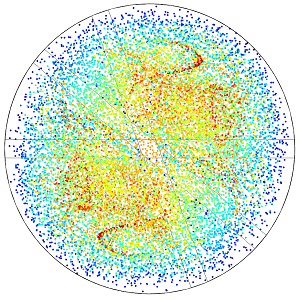
Application-Specific: Polar, Far-Field, and Particle Tracing Plots
When postprocessing your electromagnetics models, you can use polar, far-field, and particle tracing plots to effectively display your results. Learn how to use these 3 plot types here.
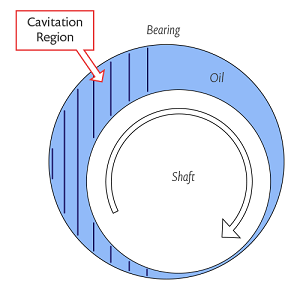
Predicting Cavitation in Journal Bearings
When designing journal bearings for use in a rotating shaft, the effect of cavitation needs to be considered, because it can affect the performance of these components.
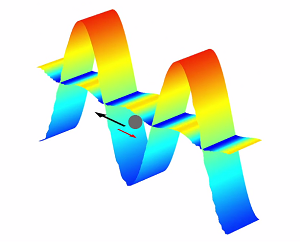
How to Compute the Acoustic Radiation Force
Did you know that objects can actually be moved by sound? This effect is called acoustic radiation, and it is an acoustophoretic phenomenon that can be analyzed in the COMSOL® software.
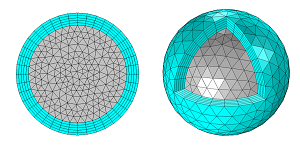
Using Perfectly Matched Layers and Scattering Boundary Conditions for Wave Electromagnetics Problems
Learn how to use scattering boundary conditions and perfectly matched layers to truncate domains for your wave electromagnetics problem — and which technique is best for your modeling scenario.
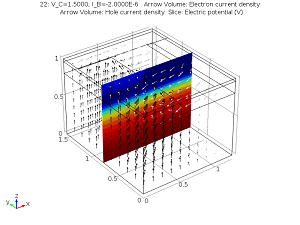
How to Perform a 3D Analysis of a Semiconductor Device
Open for a comprehensive introduction to performing 3D analyses of semiconductor devices in COMSOL Multiphysics®. We demonstrate with a bipolar transistor example.
